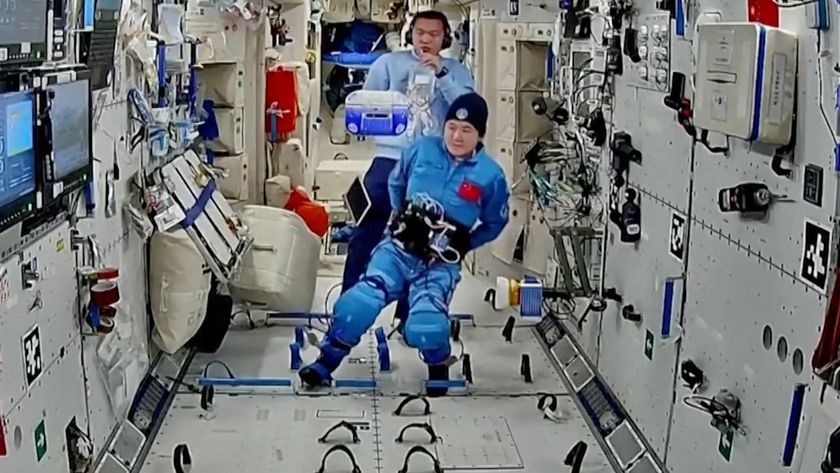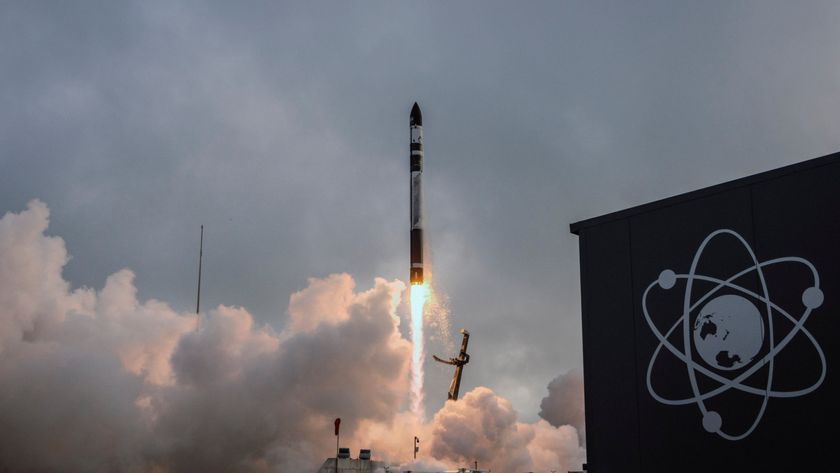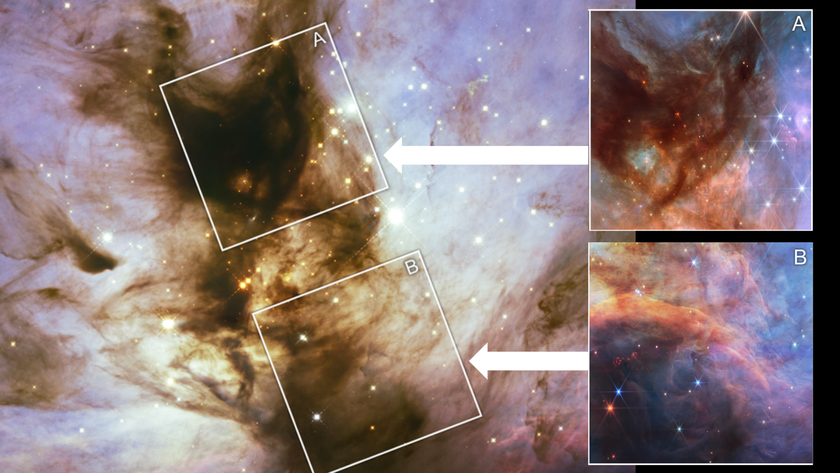New NASA Satellite to Boost Space Communications Network
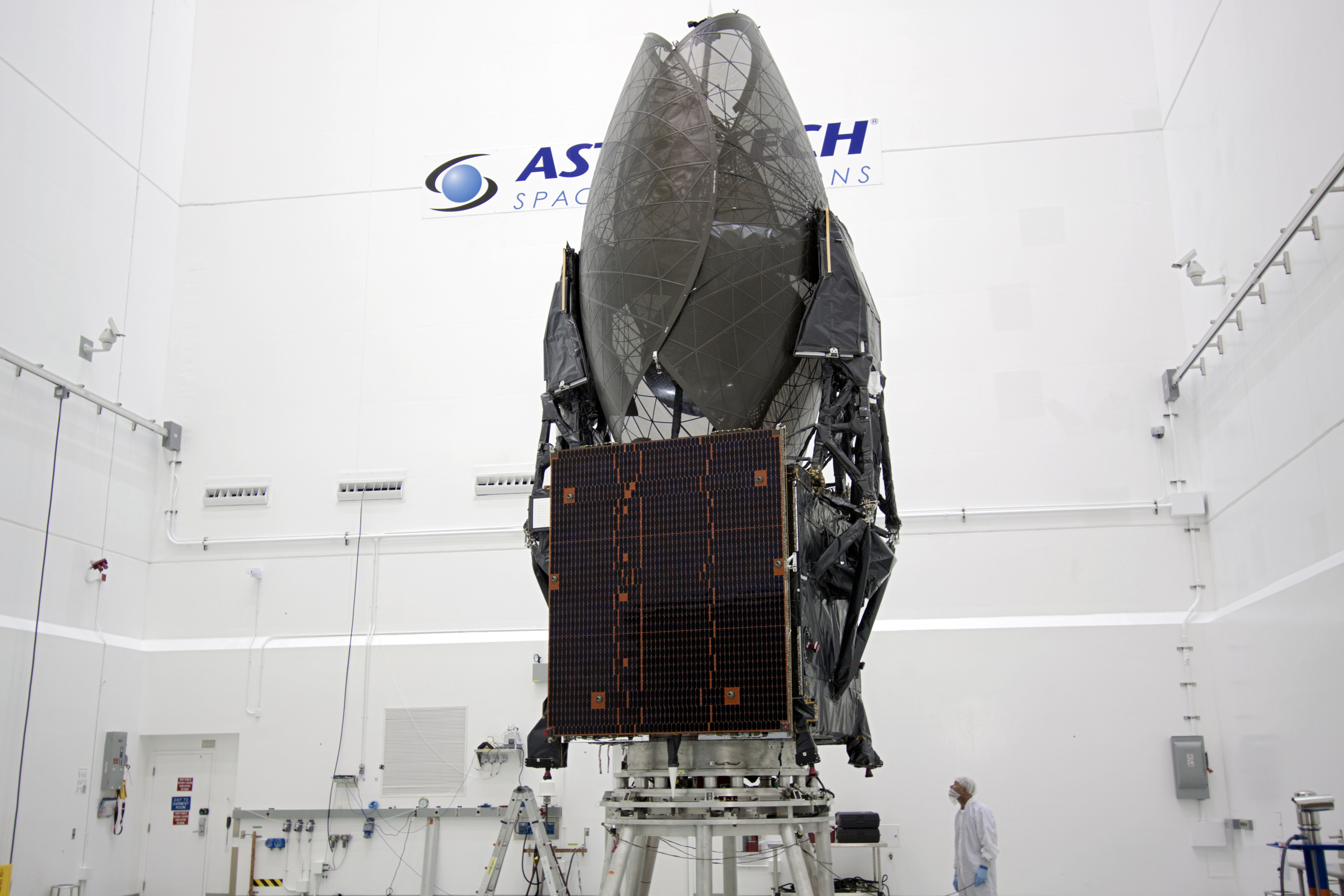
A NASA communications network used to track satellites and spacecraft orbiting the Earth is about to get an upgrade with the launch of a new satellite on Wednesday (Jan. 30).
The space agency is set to launch the new Tracking and Data Relay Satellite K (TDRS-K for short) on Wednesday at 8:48 p.m. EST (0148 Jan. 31 GMT) from a pad at the Cape Canaveral Air Force Station in Florida. A United Launch Alliance Atlas 5 rocket will boost the satellite into an orbit 22,300 miles (35,888 kilometers), where it will join a network of other relay spacecraft high above the planet.
The TDRS-K satellite is the first of three new satellites to launch between now and 2015 to bolster the TDRS communications satellite network that relays data and messages between spacecraft in orbit and ground stations. Without factoring in the cost of the vehicles used to transport it, the TDRS-K satellite costs anywhere from $350 to $400 million.
"Any day we support over 100 missions," Badri Younes a scientist in the Space Communications and Navigation office in NASA said of his division. "Anything you see going to space has to be enabled by us." [NASA's New Comsat: TDRS-K Spacecraft in Photos]
While the TDRS system isn't responsible for all communication between crewed spacecraft, satellites and NASA, it does make up part of the agency's Space Network. By using the network's seven satellites currently in orbit around the Earth and some ground-based elements, NASA can monitor the full treks of every satellite in low-Earth orbit.
The large TDRS-K satellite is the 11th spacecraft to join the TDRS network since the first TDRS satellite was launched in 1983. The most recent TDRS launch before now was in 2002. Five TDRS satellites are still functioning in orbit today. According to a NASA mission description, the TDRS-K satellite is expected to last at least 15 years in orbit.
"All of the beautiful images, looking at galaxies, looking at weather trends, providing support to the International Space Station are because of TDRS," Younes said. "Science couldn't be performed the way you expect it today without it."
Get the Space.com Newsletter
Breaking space news, the latest updates on rocket launches, skywatching events and more!
If the space agency only used ground-based antennas to keep watch on the satellites, it would be impossible to constantly monitor spacecraft, and that creates problems. The International Space Station, for example, sends all of its data through the TDRS satellites.
Since the orbiting science laboratory is always in motion, sometimes it leaves the direct range of ground-based telescopes. The TDRS satellites are positioned in such a way to keep communication lines open between the crew and NASA on the ground.
The Hubble Space Telescope also transmits its data through TDRS first before the data is beamed back down to Earth. The network of satellites functions as an intermediary between NASA's White Sands Complex in Las Cruces, N.M. and the various spacecraft that use it to send information back to the ground.
The Atlas 5 rocket responsible for carrying the TDRS-K into orbit even relies on the Space Network, Vernon Thorp, a program manager with NASA said. The rocket sends data to its handlers on the ground using the satellite system.
Two other communications systems run through NASA. Like TDRS, the Near Earth Network monitors satellites and spacecraft in low-Earth orbits; however, it does so only by using ground-based antennas.
The Deep Space Network uses ultra-sensitive ground-based radio telescopes to monitor far-off spacecraft, including Voyager 1 and 2 — two probes launched in 1977 that are nearing the edge of the solar system.
Follow Miriam Kramer on Twitter @mirikramer or SPACE.com @Spacedotcom. We're also on Facebook & Google+.
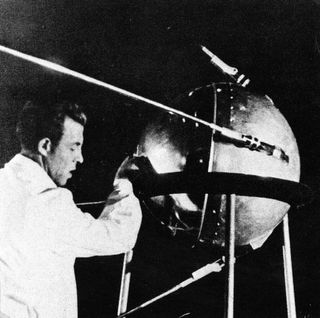
Join our Space Forums to keep talking space on the latest missions, night sky and more! And if you have a news tip, correction or comment, let us know at: community@space.com.

Miriam Kramer joined Space.com as a Staff Writer in December 2012. Since then, she has floated in weightlessness on a zero-gravity flight, felt the pull of 4-Gs in a trainer aircraft and watched rockets soar into space from Florida and Virginia. She also served as Space.com's lead space entertainment reporter, and enjoys all aspects of space news, astronomy and commercial spaceflight. Miriam has also presented space stories during live interviews with Fox News and other TV and radio outlets. She originally hails from Knoxville, Tennessee where she and her family would take trips to dark spots on the outskirts of town to watch meteor showers every year. She loves to travel and one day hopes to see the northern lights in person. Miriam is currently a space reporter with Axios, writing the Axios Space newsletter. You can follow Miriam on Twitter.


